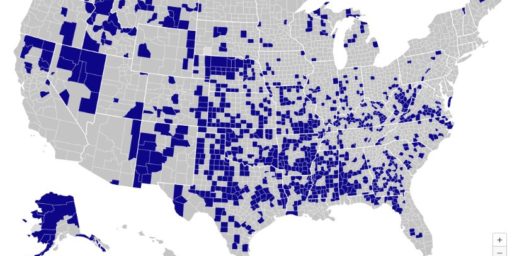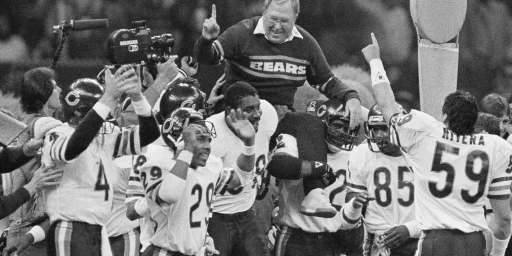Broadband Access Tops Dial-Up
Broadband Internet Access Tops Dial-Up (CIO Today)
Over half of online U.S. households are using broadband Latest News about Broadband to access the Internet, according to new research. A study conducted by Nielsen//NetRatings found that the number of U.S. domestic broadband connections crossed the 50 percent mark during July 2004. The research found that 51 percent of U.S. households now have broadband, as compared to only 38 per cent in July 2003.
Around 63 million U.S. Web users connected to the internet via broadband during July 2004, while 61.3 million accessed the Internet through narrowband.“Despite a plateau in the growth of U.S. Internet access, we’ve seen continued high double-digit growth in users’ broadband access,” said Marc Ryan, senior director and analyst at Nielsen//NetRatings, in a statement. “We expect to see this aggressive growth rate continue through next year, when the majority of internet users will be accessing the internet via a broadband connection.”
The 18-to-20 age group possessed the highest proportion of broadband surfers, at 59 percent, followed by children at 58 percent, 25 to 34-year-olds at 55 percent, and teens and 21 to 24-year-olds both at 53 percent. “Not surprisingly, the younger set of adults, kids and teens, who grew up with PC Latest News about PC technology, have the highest penetration of broadband access,” commented Ryan.
“The norm of waiting for a page to load has gone by the wayside through increased broadband access. With high-speed access in the majority, we’re likely to see the richer, more interactive content becoming the standard.”
Not surprising in one sense: People who design Web pages and provide content presume, incorrectly, that everyone is using broadband. Streaming video, Flash imagery, and even pages with lots of images are essentially unusable with dial-up. What’s remarkable, though, is that this has happened despite broadband access still being ridiculously expensive. Indeed, one can now buy a rather high end personal computer for what it costs for a year of high speed Internet service.





Over half of online U.S. households are using broadband Latest News about Broadband to access the Internet, according to new research. A study conducted by Nielsen//NetRatings found that the number of U.S. domestic broadband connections crossed the 50 percent mark during July 2004. The research found that 51 percent of U.S. households now have broadband, as compared to only 38 per cent in July 2003.
Oh, great. Another reason for designers to ignore people who are stuck with dial-up out here in the sticks.
Of course, the story is again poorly written. Nowhere in the story does it mention the total number of Internet households, or Internet Users. Using the 63 million figure that are supposedly accessing the Internet via broadband, I come up with about 126 million Internet users. With a population of 280 million, that’s far below 50 percent of the population.
Even Nielsen’s press release doesn’t give the total number of users.
True. It’s also not clear if it’s a hierarchical count. That is, does someone with both broadband and dial-up access count twice, or only as a broadband guy? If the former, it actually understates things.
They basically say it’s 124.3 households, don’t they? (If you add the broadband figure to the narrowband figure.)
And that 50% is of “online households.”
I mean 124.3 million, of course.
I got the 124 million to mean actual “users,” not “households.”
Around 63 million U.S. Web users connected to the internet via broadband during July 2004, while 61.3 million accessed the Internet through narrowband.
Of course, I’d like to know how they define “user.” If I access from my house via dial-up and from my work via T1, do I count as two users?
The number of people with “access” (via Pew Internet and American Life studies) has never been much above 50 percent, hence the “digital divide” we never hear much about in the blogosphere.
James: Can you tell me where I can buy a high end PC for $360 ? (Verizon DSL @ $29.99 per month X 12 months).
Dell? Circuit City? Best Buy?
And, really, in most places broadband is considerably more than $30 a month–more like $50 or $60. Indeed, I had Verizon DSL (which is just barely high speed) for something like that $30 (but it required buying a more expensive basic Verizon phone package to get that rate) but moved a mile down the road and don’t have that availability. My choices are cable or one of the satellite providers.